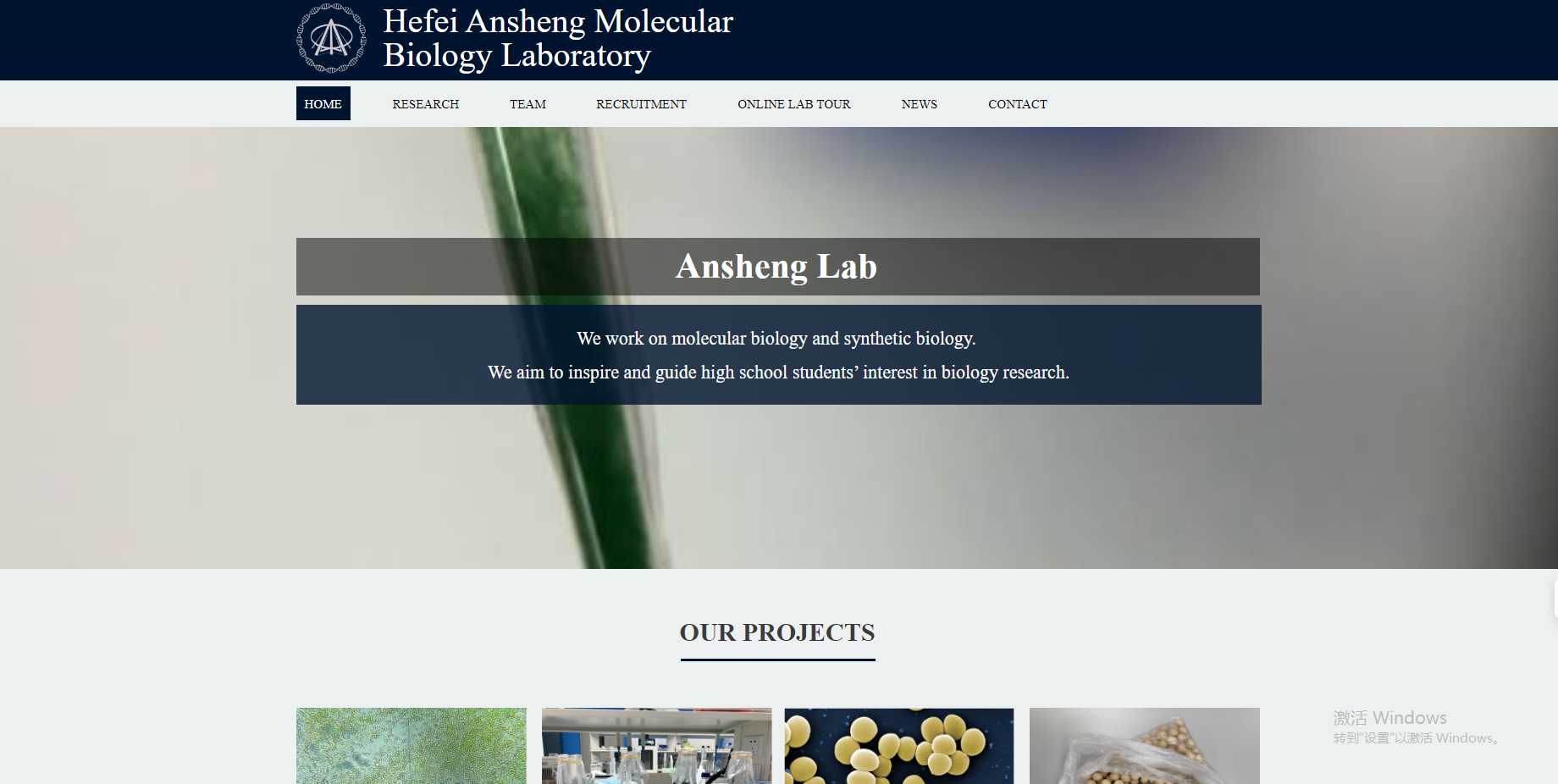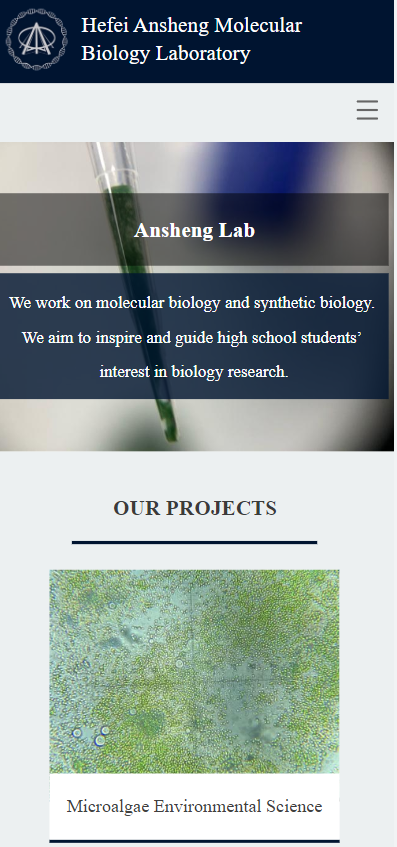Agricultural wastewater is becoming a global problem, seriously polluting major water bodies in some regions. This wastewater has the characteristic that the sources of pollution are dispersed in the countryside. Therefore, it is necessary to explore a low-cost treatment method. First, we compared the growth of spirulina in simulated wastewater and a common large-scale medium to verify that spirulina can adapt to the growth environment of simulated agricultural wastewater. Secondly, we used total nitrogen, total phosphorus, and chemical oxygen demand as the indicators of agricultural wastewater purification to test the purification effect of spirulina on wastewater. Finally, we found that simulated agricultural wastewater with high nitrogen content can be toxic to spirulina, so spirulina-based treatment methods still need to be further studied and developed. Our research provides options for the low-cost purification and reuse of agricultural wastewater.
Hefei Ansheng Molecular Biology Laboratory
|
生物医药
二维码:









